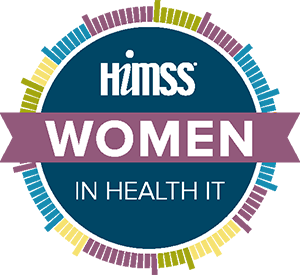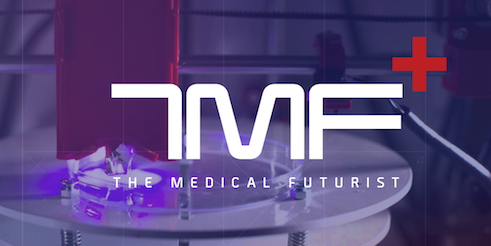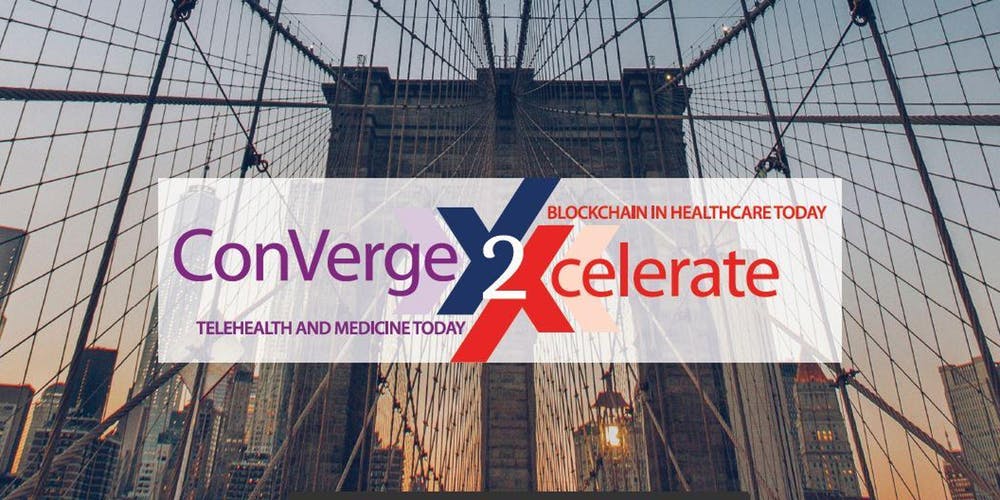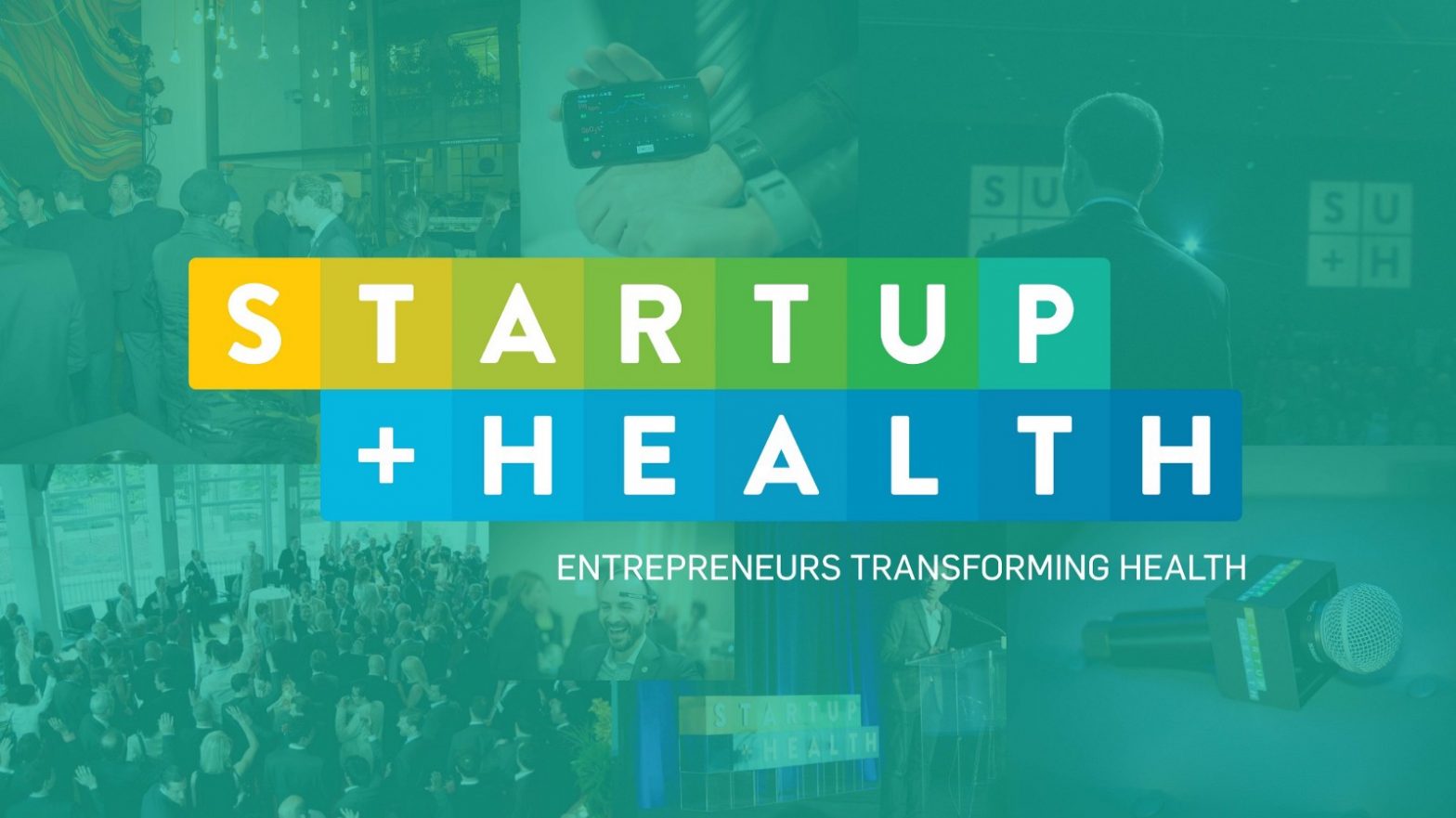There is a timeless issue that has always challenged healthcare institutions: how can accurate medical data be shared securely among the providers and patients who need access to it? Although the digital age has moved us far away from cumbersome paper records, electronic health records (EHRs) still result in inefficiencies. The interoperability among healthcare data systems has traditionally relied on three different methods of information exchange. Push is used when a provider sends information to another provider, Pull is used when a provider requests information from another provider, and View is used when a provider views information inside another provider’s system. Although technologically functional, each of these methods is used vary across institutions and geographic locations, subject to different state laws and local practice standards. This makes it difficult for policymakers to effectively govern the complicated transmission of medical records and there is no standardized audit trail that ensures the integrity of medical data from the point of generation to the point of use.
A broad spectrum of data is collected and utilized in healthcare and the integrity of this data is of the utmost importance. Health data identifies and tracks patients as they move through healthcare systems, informing providers and ensuring that the right patient receives the right care at the right time. It is absolutely vital for this information to be accurate, consistent, and complete. With the prevalence of EHRs, a lack of data transmission standards, and rising cybersecurity concerns, integrity-based threats to medical records are very possible. A malicious party, either inside or outside a healthcare institution, can modify data such as drug allergy information in an untraceable way. The inability to track and verify changes not only puts patients at risk but threatens institutional trust and credibility.
Fortunately, there is a fourth method of information exchange that can be employed to address these issues and ensure the integrity of medical records. Despite its origins related to Bitcoin and the associated skepticism of cryptocurrency, blockchain technology is quickly becoming a viable solution to various societal problems. Applications for its use are being explored across industries, such as financial services, food systems, government, and healthcare. Blockchain, also referred to as distributed ledger technology, is essentially an unchangeable, decentralized record of transactions. There is not a singular owner of information but a peer network in which multiple stakeholders contribute blocks of information that are chronologically connected to the ones before, creating a chain of blocks. The blocks are unable to be removed or edited, resulting in a comprehensive, tamper-proof record of information.
The opportunity for ensuring medical record integrity is clear. Once health data is generated and verified, it can be added to the blockchain with the confidence of knowing it cannot be tampered with. Having a blockchain system like Patientory’s in place creates a record of changes to health data that can be reviewed to see who made what changes and when. In addition to maintaining the integrity of health data, this provides a comprehensive health picture to providers and empowers patients to take charge of their medical records. As a result of Patientory’s blockchain technology, individuals will be able to efficiently access their aggregated health information and securely share it across institutions and healthcare providers, ensuring their accurate personal health data is used in the right way for the right reasons.














